A metal block of area 0.10 m2 is connected to a 0.02 kg mass via a string. The string passes over an ideal pulley (considered massless and frictionless) as shown in figure. A liquid with a flim of thickness 0.15 mm is placed between the plate and the table. When released the plate movees to the right with a constant speed of 0.075 m s−1. What is the coefficient of viscosity of the liquid?
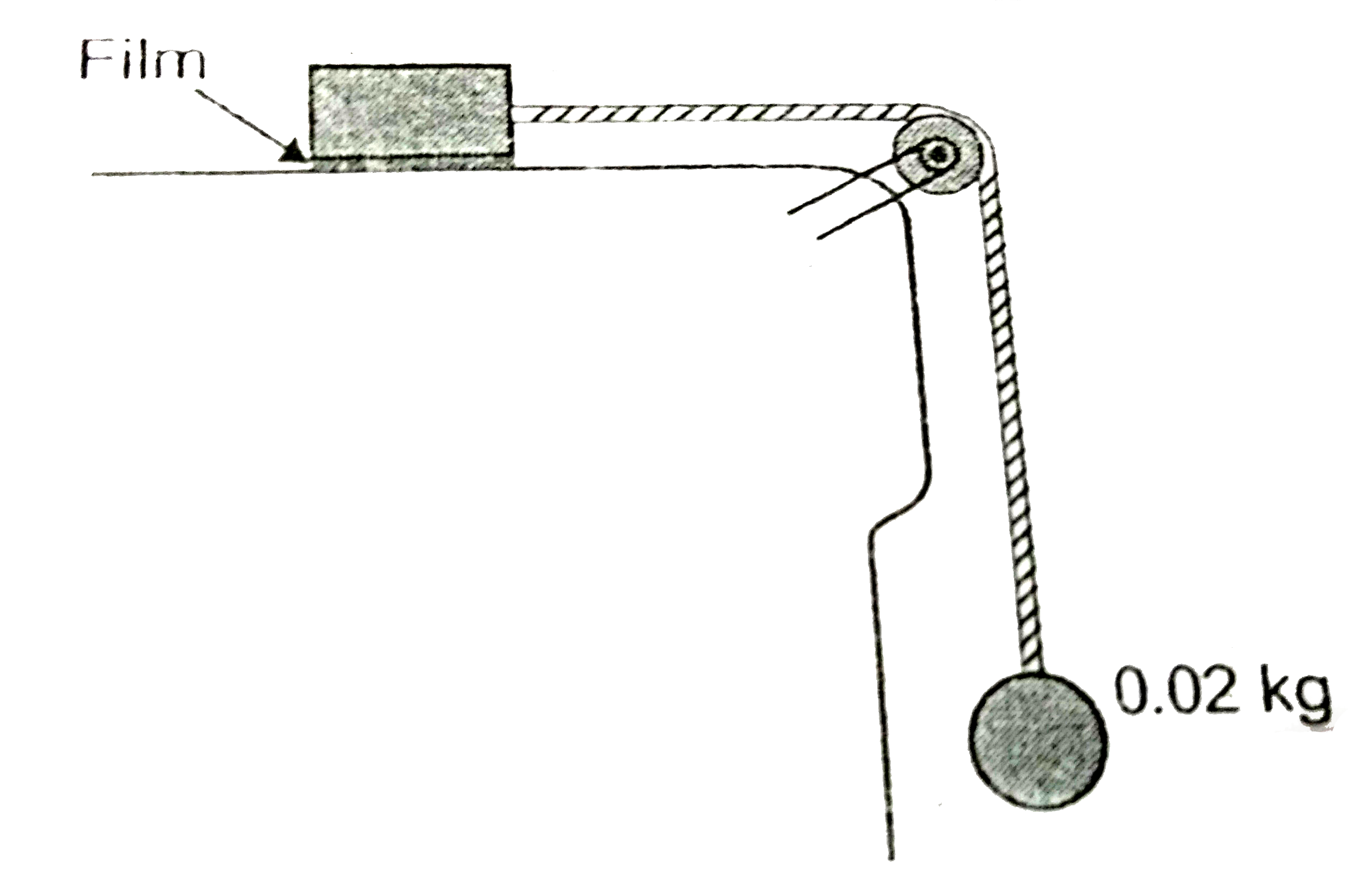
Area of the film, A = 0.10 m2
Thickness of the film = 0.15 mm
x = 0.25 ×10−3m
Relative velocity of plate v = 0.075 m s−1
Since the plate moves with constant speed, the tension developed in the string is equal to the viscous force F. But tension is equal to the weight of suspended mass m.
∴ Viscous force F = weight of mass
= 0.02 × 9.8
= 0.196 N
F=ηAvx
⇒η=FxAv
=0.196×0.15×10−30.10×0.075
=0.01965
= 0.00392 Pa s
Topper's Solved these Questions
- BOOK - AAKASH INSTITUTECHAPTER - MECHANICAL PROPERTIES OF FLUIDSEXERCISE - TRY YOURSELF41videos
MECHANICAL PROPERTIES OF FLUIDS
- BOOK - AAKASH INSTITUTECHAPTER - MECHANICAL PROPERTIES OF FLUIDSEXERCISE - SECTION - A50videos
MECHANICAL PROPERTIES OF FLUIDS
- BOOK - AAKASH INSTITUTECHAPTER - MAGNETISM AND MATTER EXERCISE - ASSIGNMENT (SECTION D)26videos
MAGNETISM AND MATTER
- BOOK - AAKASH INSTITUTECHAPTER - MECHANICAL PROPERTIES OF SOLIDSEXERCISE - Assignment(Section-D)12videos
MECHANICAL PROPERTIES OF SOLIDS
Similar Questions
A metal plate of area 0.10m2 is connected to a 0.01kg mass via a string that pases over an idial pulley (considered to be frictionless), as shown in the figure. A liquid with a film thickness of 3.0mm is placed between the plate and the table. When released the plate moves to the right with a constant speed of 0.085ms−1. Find the coefficient of vicosity of the liquid.
 View Solution
View SolutionA metal block of area 0.10 m2 placed at a table, is connected to a 0.010 kg mass via a string that passes over an ideal pulley. Th pulley is fixed at the edge of the table. A liquid with a film of thickness 0.30 mm is placed between the block and the table. If the coefficient of viscosity of the liquid is 3.45×10−3 Pa s, with what constant velocity does the block move when released?
View Solution
Knowledge Check
- Question 1 - Select One
A metal plate of area 0.10m2 is connected to a 0.04kg mass via a string that passes over an ideal pulley (considered massless and frictionless) A liquid with a film of thickness of 0.3mm is placed between the plate and the table. When system is released, the plate moves up with constant speed of 0.085m/s. Find the approximate value of coefficient of viscosity of the liquid. (mass of metal plate is 0.02kg, g=9.8m/s2)
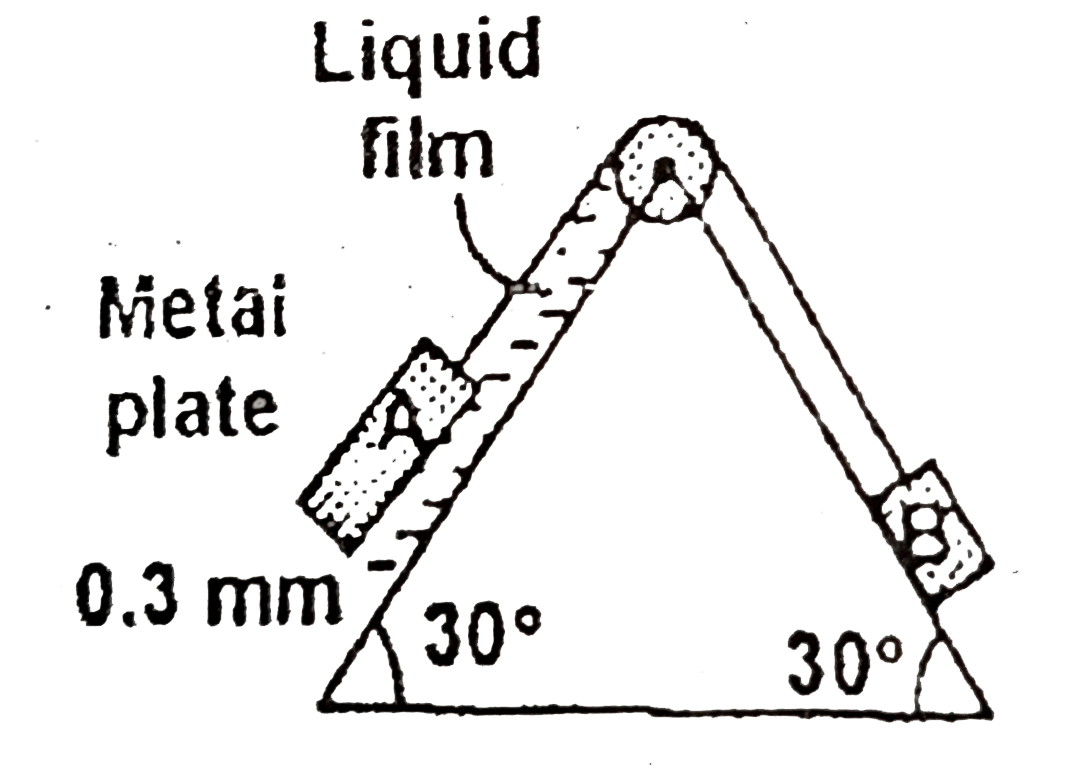 A3.46×10−3PasecB3.46×10−4PasecC6.90×10−3PasecD6.90×10−4Pasec
A3.46×10−3PasecB3.46×10−4PasecC6.90×10−3PasecD6.90×10−4Pasec - Question 2 - Select One
A metal block of area 0.10m2 is connected to a 0.01 kg mass via a string that passes over a massless and frictionless pulley as shown in figure. A liquid with a film thickness of 0.3 mm is placed between the block and the table. When released the block moves to the right with a constant of 0.085ms−1. The coefficient of viscosity of the liquid is
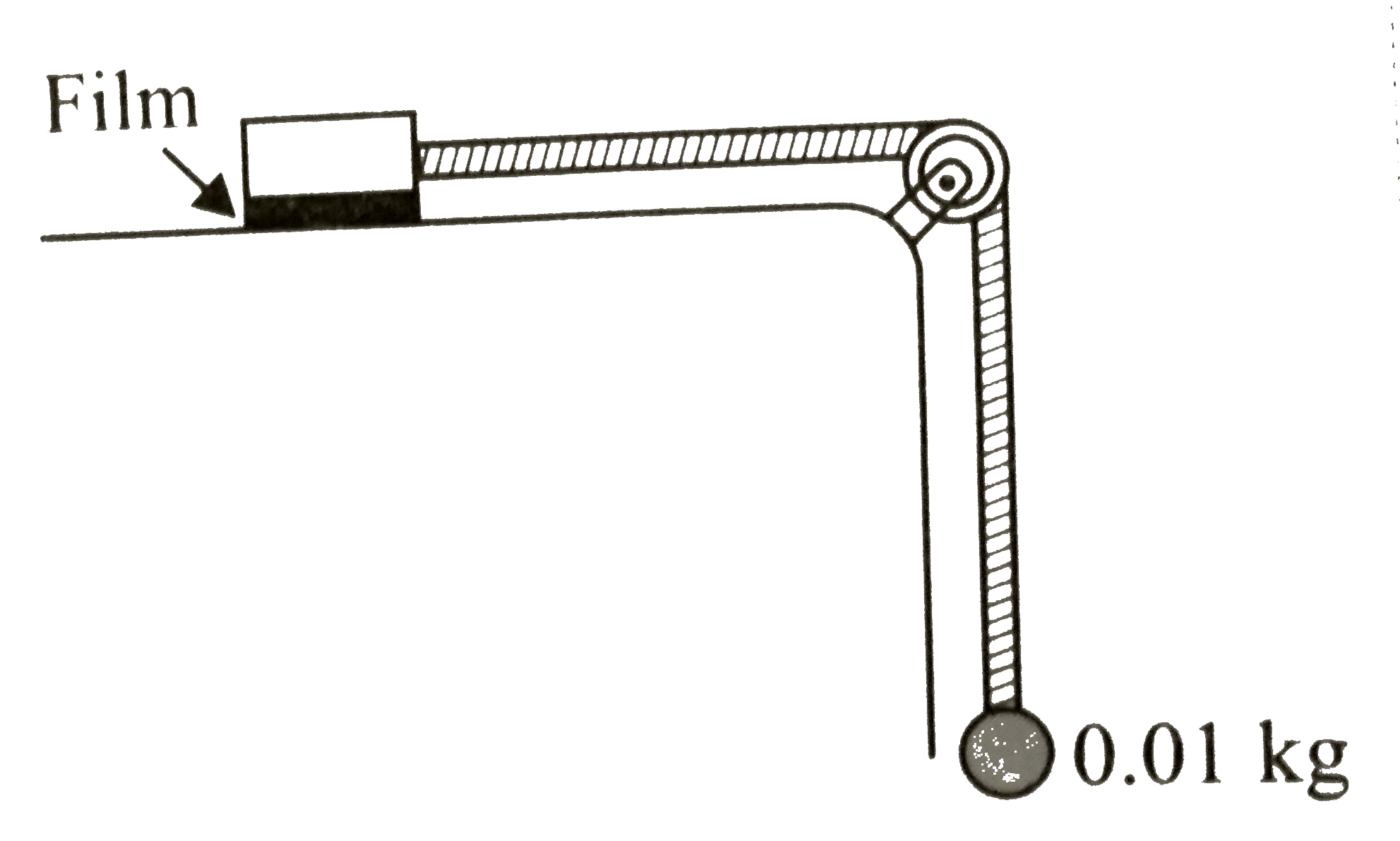 A2.5×10−3Pa sB3.5×10−3 Pa sC4.5×10−3 Pa sD6.5×10−3 Pa s
A2.5×10−3Pa sB3.5×10−3 Pa sC4.5×10−3 Pa sD6.5×10−3 Pa s - Question 3 - Select One
A metal block of area 0.10 m2 is connected to a 0.02 kg mass via a string. The string passes over an ideal pulley (considered massless and frictionless) as shown in figure. A liquid with a flim of thickness 0.15 mm is placed between the plate and the table. When released the plate movees to the right with a constant speed of 0.075 m s−1. What is the coefficient of viscosity of the liquid?
 A3.45×103Pa−sB3.45×10−2Pa−sC3.45×10−3Pa−sD3.45×102Pa−s
A3.45×103Pa−sB3.45×10−2Pa−sC3.45×10−3Pa−sD3.45×102Pa−s
Two blocks of masses 2.0 kg and 3.0 kg are connected by light inextensible string. The string passes ove an ideal pulley pivoted to a fixed axel on a smooth incline place as shown in the figure. When the blocks are released, find magnitude of their accelerations.
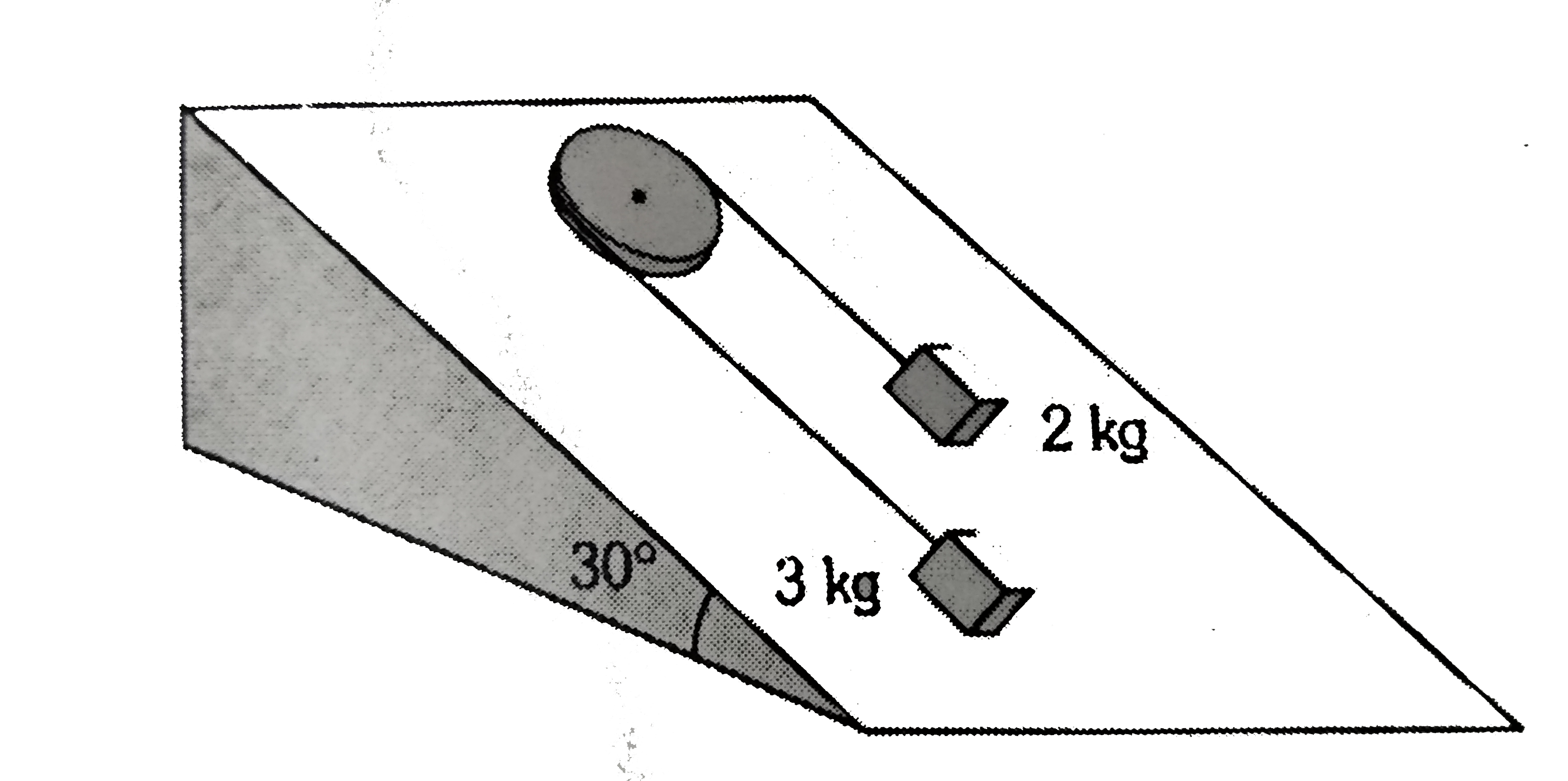 View Solution
View SolutionTwo blocks of masses m and 3m are connected by an inextensible string and the string passes over a fixed pulley which is massless and frictionless. A bullet of mass m moving with a velocity 'u' hits the hanging block of mass 'm' and gets exbedded in it. Find the height through which block A rises after the collision.
 View Solution
View SolutionFind the acceleration of masses m1 and m2 connected by an inextensible string, shown in figure-2.13(a). The string and pulley are assumed to be massless and frictionless.
View SolutionTwo blocks, each having mass m, are connected with an ideal string through ideal pulleys on a frictionless fixed wedge as shown in the figure. The acceleration of the blocks is
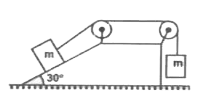 View Solution
View SolutionIn the figure shown, the frictional coefficient between the table and the block is 0.2. Find the ratio of tensions in the right and the left strings.
 View Solution
View Solution

